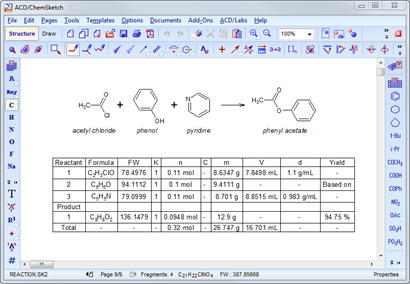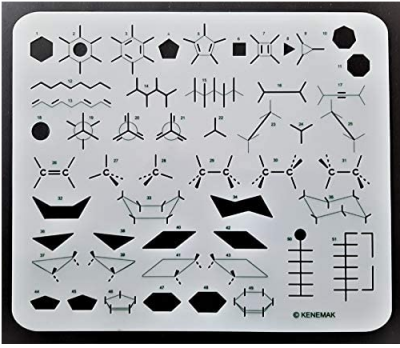No; typically, you don’t need to know the minutiae of the language of implementation to start, especially if you work together with the maintainers of an already existing program.
Some of the programs mentioned in this thread have a long history and were written to address a specific problem. In the case of ChemDraw, for example, because drawing chemical reaction schemes with ink and a skencil
(image credit to kenemak, application video of a small scale skencil for a ballpoint pen)
to submit your (typewriter) written publication to the publishers is tedious, time consuming, prone to errors, and cut-and-paste literally requires a pair of scissors and a bottle of glue to get an illustration ready to be photographed (on film, analogue process). So if you are a prolific author, like David Evans with his large group surely was, this is a thing where a computer program may help you a lot.[1] Or, to use Al Sweigart’s word about Python, to (partially) “automate the boring stuff”.[2] Here, ChemDraw offered a significant an improvement.
So, Geoffrey’s reply is more like a question to you: is there a specific gap you recognize, a missing functionality in a program you use? Is it possible to amend the program e.g., by a supplementary template (like for ChemDraw, example)? If the source code is free and open, learn the language of implementation and get in touch with the maintainers. Since you already know about git, reporting an issue, and preparing a pull request for an improvement/a new feature on e.g., GitHub would be a next step to take.
For a single person, writing something in scale of (contemporary) ChemDraw may require much (as in too much) effort, than the addition of a feature to an already existing program. In addition, beside sharing insight and the work ahead, other missing features may be recognized faster.
[1] History of the Harvard ChemDraw Project, Angew. Chem. Int. Ed. https://doi.org/10.1002/anie.201405820
[2] https://automatetheboringstuff.com/

